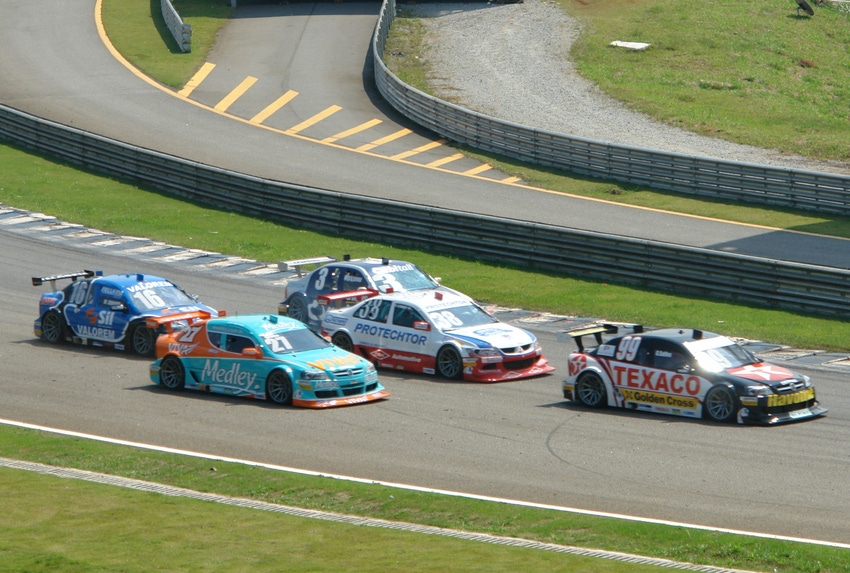The US is going hard and heavy for the consumer side, while Asia readied itself for the wireless assault on enterprise. Europe dithered, without committing, and is now playing catch-up.
June 28, 2018

The US is going hard and heavy for the consumer side, while Asia readied itself for the wireless assault on enterprise. Europe dithered, without committing, and is now playing catch-up.
It is a comment which we have made several times across the last couple of months, but European operators are lagging behind counterparts in the US and Asia. You might not have picked up on this point if you listen to politicians, but it is true. It is of course impossible to pin this down to a single reason, but a lack of commitment is certainly one of them.
Of course, the European market is awash with telcos. Comparing the largest telco in each country to counterparts in US or some Asian markets is an eye opener. We might think O2’s subscription numbers as the leader in the UK is promising at 30 million (according to Ovum’s WCIS), but compared to Verizon at 160 million or China Mobile’s 1.125 billion subscriptions, perspective is seen. This is of course a factor, as are legacy networks, market penetration, political position and the complicated regulatory framework across the 28 nations in the EU, but a lack of commitment is the one which we are going to focus on here.
Speaking to Nokia’s Head of 5G Marketing Jane Rygaard at MWC Shanghai, there is a sense of progress, but pointing to dilly-dallying in years gone, Rygaard identified one of the reasons for the lag.
“Even in the last couple of months since Mobile World Congress in Barcelona, there has been progress, but Europe is still behind,” said Rygaard.
As Rygaard pointed out, winning in the 5G world isn’t as simple as hitting a switch. Business models have to be adapted and a new mentality has to be taken on by the business. Selling SIM cards is not the same as selling connectivity solutions to enterprise organizations. There is no ‘one size fits all’ model as there is in the consumer world; each vertical, or even organization has to be taken on its individual challenges.
Solutions have to be customised to the landscape and business objectives, while different metrics have to be taken into account also. Think about the smart factory environment; presenting a latency solution to a customer won’t necessarily tick all the boxes, precision of the machines has to be taken into account as well. While this might not be completely under the control of the telcos, it is certainly something which has to be factored into the solution.
This is where Europe has been lacking. The telcos have been speaking with great interest about serving each of the industrial verticals, but work adapting the business models to suit these industries has only begun recently. Just looking around the exhibition floor at MWC Shanghai, you can see the Asian telcos have been working on this aspect of the business for some time. It is comprehensive, consultative and thorough. It is almost ready for 5G, but something which takes time. Europe should look to emulate the position some of the Asian telcos have constructed, but evolution doesn’t happen overnight.
The US is slightly different. The 5G proposition there is much more consumer orientated. It’s bigger, badder and faster, a race to gain bragging rights to claim the ‘5G first’ title. It’s not necessarily a bad way to go about business, China Telecom might disagree, but a firm commitment gave impetus and fuel to the 5G ambition.
Europe sat somewhere in the middle. The consumer benefits were attractive, video is after all a never ending trend, while enterprise offered a bounty of untouched IoT and connectivity riches. Indecision and caution seem to be suitable adjectives, but one thing is certain, the non-committal, risk-adverse tendencies of the European telcos are certainly contributing factors to the cumbersome jog to the 5G finish line.
About the Author(s)
You May Also Like








.png?width=300&auto=webp&quality=80&disable=upscale)


_1.jpg?width=300&auto=webp&quality=80&disable=upscale)


.png?width=800&auto=webp&quality=80&disable=upscale)